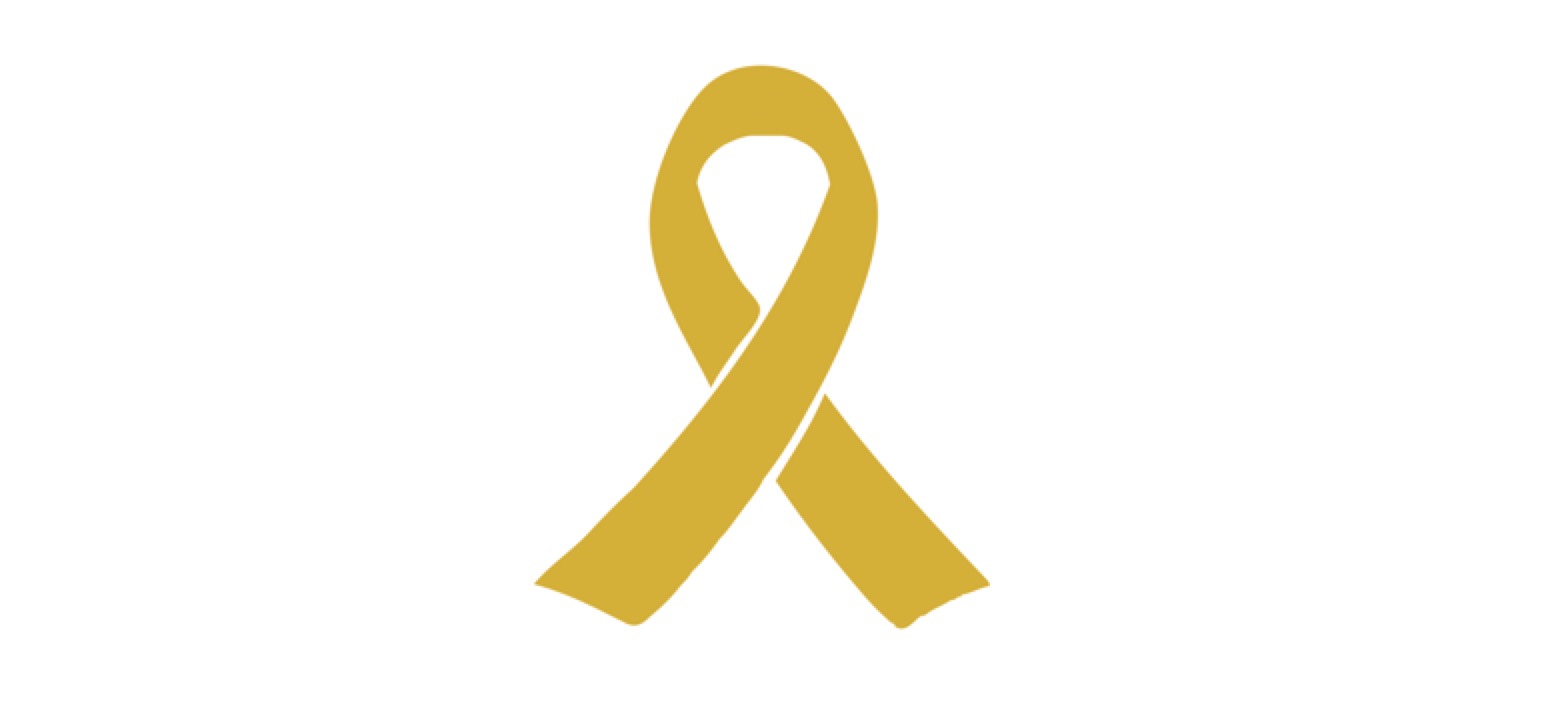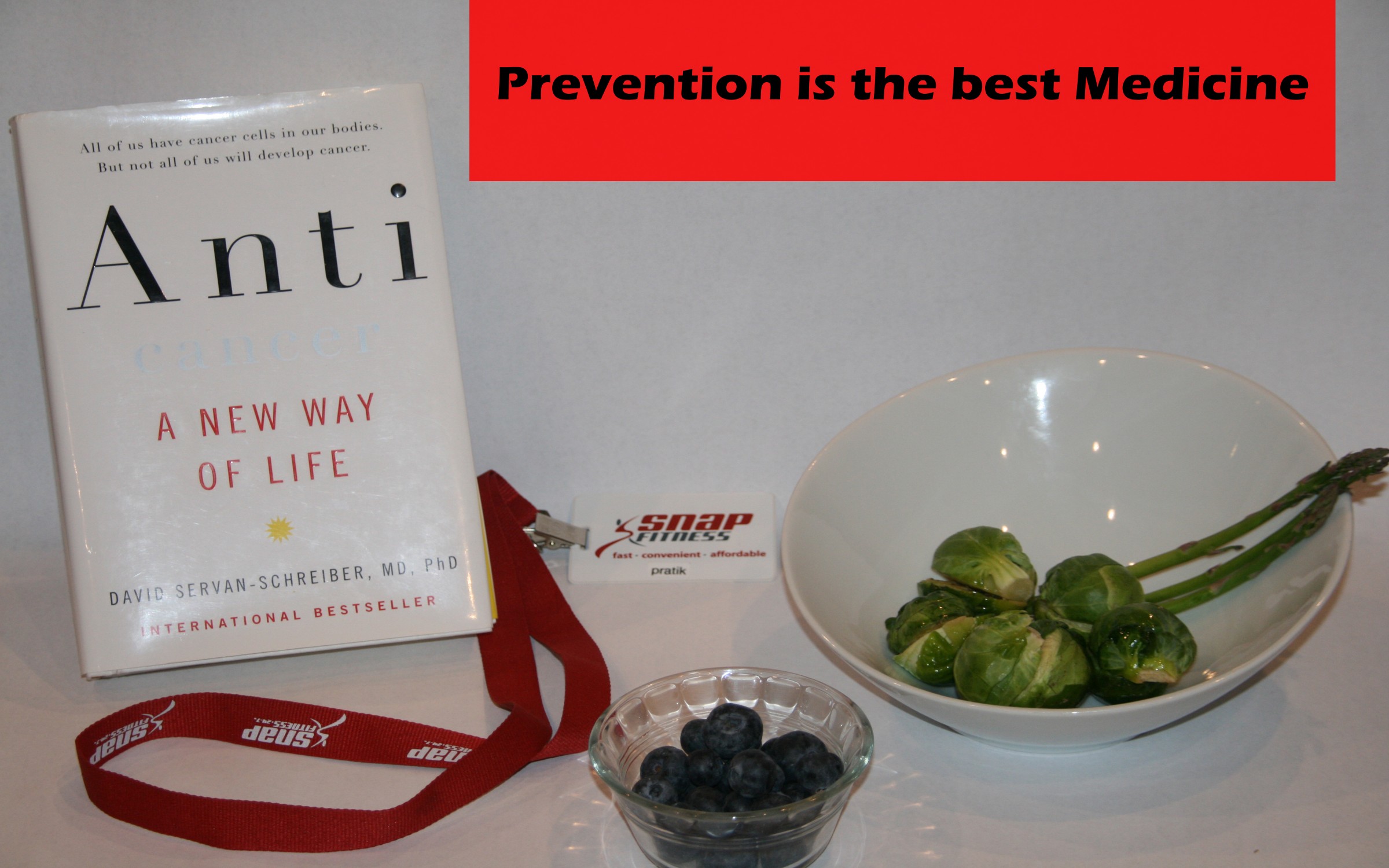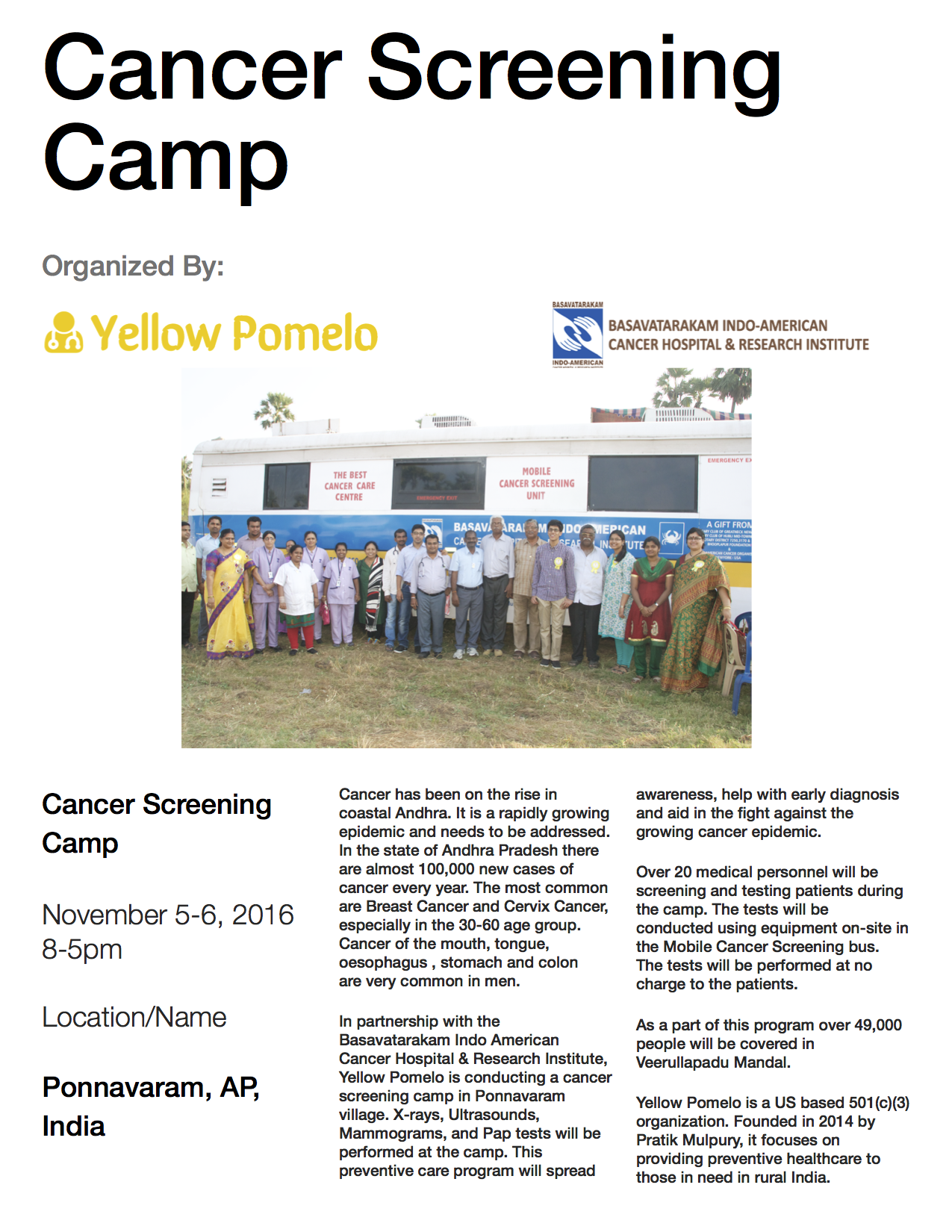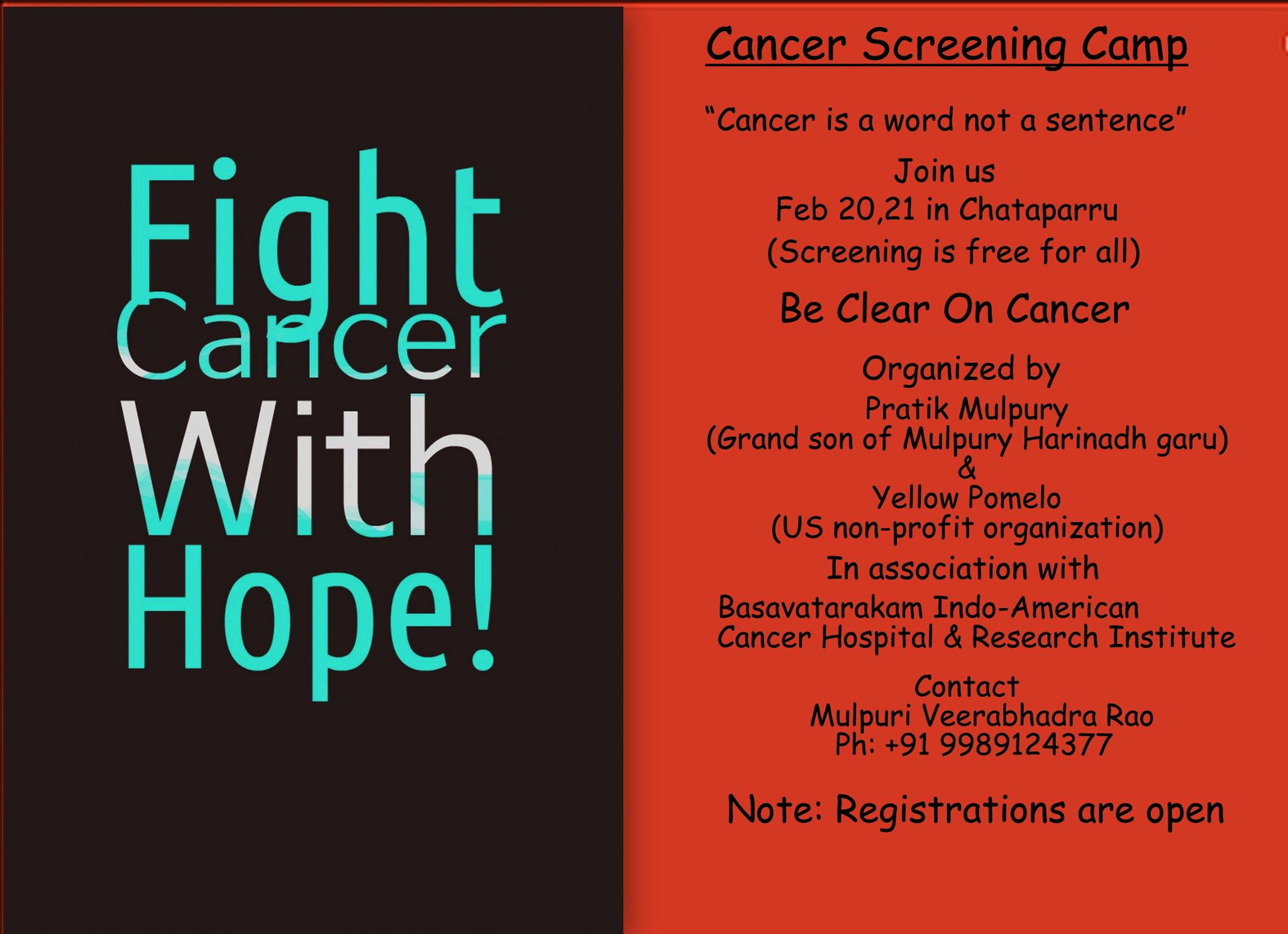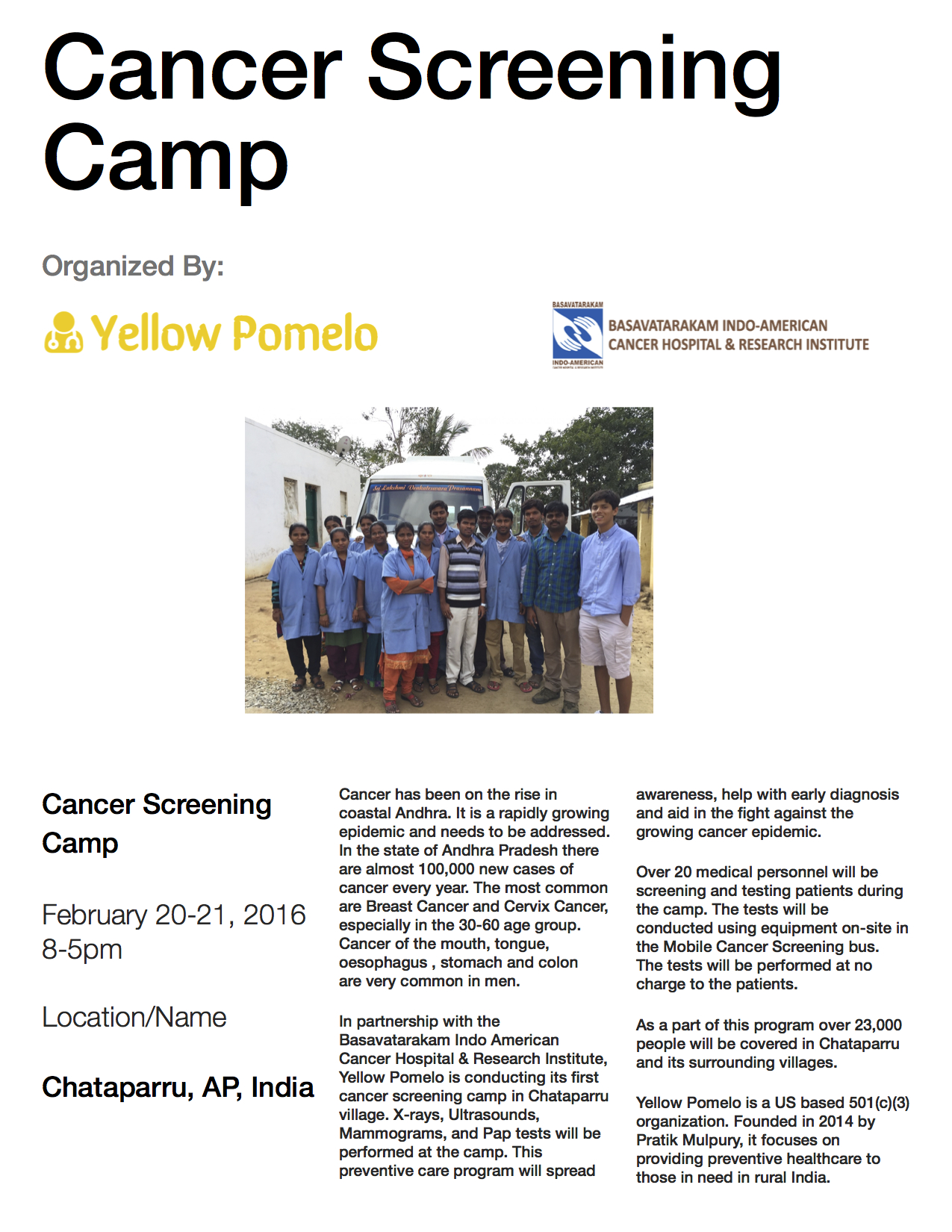Battling Wilms’ Tumor – My 3 year old cousin’s story
On October 14th 2016, I was shocked to learn that my 3 year old cousin was diagnosed with a large tumor on her kidney. Never before had I been faced with such scary news. As my parents and I rushed to LA to see her, I wondered what could have been done to prevent this. No one had seen this coming – it was heartbreaking. I was googling all the information I could find trying to learn about children’s cancer.
Based on my research, I learnt there are three types of children’s cancer:
Leukemias—Cancer of the Blood
Lymphomas—Cancer of the Immune System
Solid Tumors—Cancer of the Bone, Organs or Tissues
My little cousin was diagnosed with the third kind, a solid tumor on the kidney, otherwise known as Wilms Tumor. She underwent a major surgery to remove one of her kidneys. The surgeons told us that the surgery went well and they were able to remove the entire tumor. Following the surgery she is undergoing Chemotherapy. My cousin is now aware that she is being treated for cancer, but her spirit and energy is an inspiration to me and my family. Every evening, I eagerly look forward to talking to her on FaceTime. No matter how she is feeling she is excited to talk and share what she is up to. There are days when she has little or no energy due to the Chemo treatment but her spirit is upbeat and positive – an advantage children have over adults who are fighting cancer. Her treatment will be completed in March after which I hope she can get back to doing some of the things she loves including playing in water and pretend play.
As my sister continues to fight the disease, her struggle has given me even more motivation to continue the pursuit to prevent and diagnose this deadly disease. Most of us in the US are really fortunate to have access to the most advanced diagnostic equipment and trained doctors – something people in several parts of rural India can’t afford or lack access to. In the cases where there is access to cancer diagnosis and treatment, awareness about cancer is seriously lacking. My hope is that through Yellow Pomelo we can spread awareness about Children’s cancer as well.
